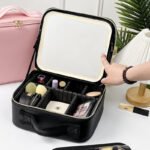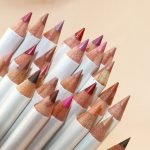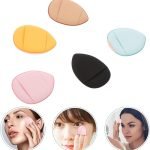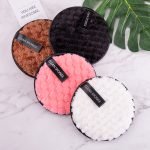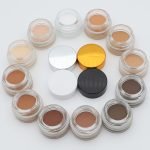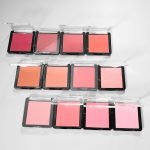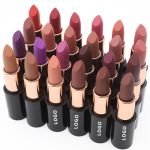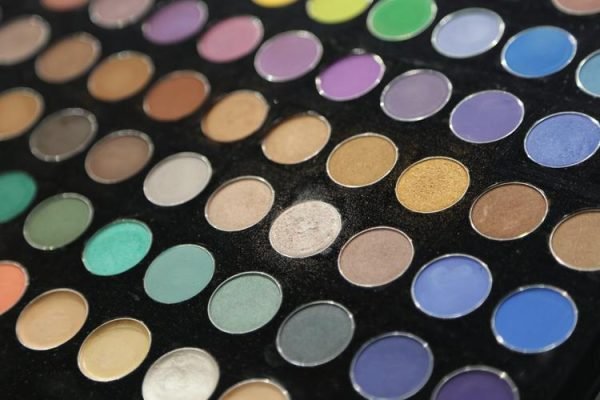Brand positioning
Your brand’s positioning also plays a role in eyeshadow palette selection. High-end brands typically choose deep or bright colors, while fashion brands lean towards bright and lively shades. Select colors in line with your brand’s positioning. For example, a luxury makeup brand may use deep, regal colors, while a mass-market brand may opt for more accessible, approachable colors.
Target audience
Understanding your target audience is crucial when selecting an eyeshadow palette color scheme. Consider factors like age, gender, skin tone, cultural background, and location. Different audiences have different color preferences, so tailor your palette to your target audience. For example, a brand aimed at young women may opt for bright, bold colors, while a brand aimed at middle-aged women may choose more mature, subdued tones.
Season and Trend
Season and fashion trends are also important factors to consider when choosing a color scheme. For example, fresh and bright colors can be chosen for summer, and deep and saturated colors can be chosen for winter. Fashion trends also influence color choices. Follow fashion magazines, makeup artists, and celebrities to stay up-to-date on popular colors and combinations. For example, this year’s popular eyeshadow colors include brown, purple, and gold, so consider using these colors in your palette.
Brand identity
Your brand’s identity should also be reflected in your eyeshadow palette. Consider your brand’s core values and image when selecting colors. This gives your product a unique and memorable identity. For example, if your brand emphasizes natural, healthy beauty, consider using earthy, natural colors in your palette.
Practicality
Finally, consider the practicality of your eyeshadow palette colors. Use laboratory tests or model makeup to determine how the colors work in practice and choose the most suitable color scheme for your brand.



